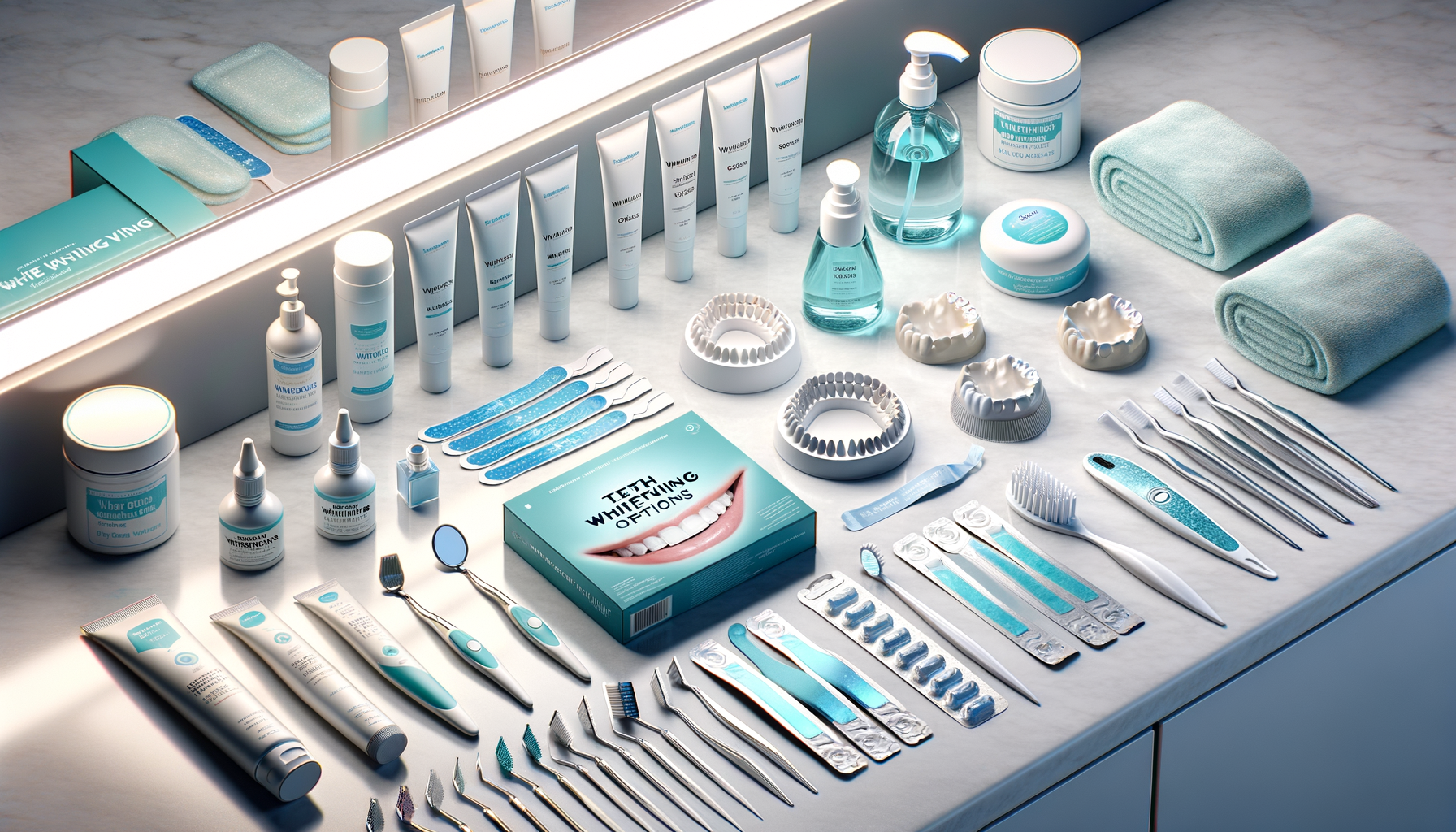Introduction to Teeth Whitening
In today’s world, a bright smile is often associated with health and confidence. Teeth whitening has become a popular cosmetic procedure for those looking to enhance their appearance. This article explores the various teeth whitening options available, providing detailed insights into their effectiveness, safety, and suitability for different individuals.
In-Office Whitening Treatments
In-office teeth whitening treatments are a popular choice for those seeking immediate results. These procedures are performed by dental professionals and typically use a high concentration of bleaching agents. One of the main advantages of in-office treatments is their ability to deliver noticeable results in a single session, often lasting between 60 to 90 minutes.
During the procedure, a protective barrier is applied to the gums to prevent irritation, and a bleaching gel is applied to the teeth. Some treatments may use a special light to activate the gel, enhancing its effectiveness. In-office whitening is ideal for individuals with stubborn stains or those preparing for a special occasion.
However, it’s essential to consider potential sensitivity following the treatment. While results are immediate, they may not be permanent, and maintaining a bright smile may require additional care or touch-up treatments.
At-Home Whitening Kits
For those who prefer the convenience and privacy of home treatment, at-home whitening kits are a viable option. These kits typically include whitening trays and a bleaching agent, which can be customized to fit your dental needs. At-home kits offer flexibility, allowing users to whiten their teeth at their own pace.
While at-home treatments are generally less expensive than in-office procedures, they may take longer to achieve the desired results. Users should follow the instructions carefully to avoid gum irritation or uneven whitening. Consistency is key, and results may vary based on the concentration of the bleaching agent and the initial condition of the teeth.
At-home kits are suitable for those with mild to moderate staining and for maintaining the results of professional treatments. It’s advisable to consult with a dentist before starting any at-home whitening regimen to ensure it’s appropriate for your dental health.
Whitening Toothpastes and Rinses
Whitening toothpastes and rinses are the most accessible and affordable options for teeth whitening. These products are designed to remove surface stains and prevent new stains from forming. While they do not contain bleaching agents, they use mild abrasives and chemicals to polish teeth and enhance their appearance.
Regular use of whitening toothpastes and rinses can help maintain a bright smile, particularly for those who consume staining substances like coffee or tobacco. However, they are unlikely to produce dramatic results for deeply stained teeth.
These products are ideal for daily oral hygiene routines and can complement other whitening treatments. It’s important to choose products that have been approved by dental associations to ensure safety and effectiveness.
Natural and DIY Whitening Methods
For those interested in more natural approaches, several DIY whitening methods can be explored. Common ingredients include baking soda, hydrogen peroxide, and activated charcoal. These substances are believed to have mild whitening effects, although scientific evidence supporting their efficacy is limited.
Natural methods are appealing due to their low cost and the use of readily available ingredients. However, they should be used with caution, as improper use can lead to enamel erosion or gum irritation.
It’s crucial to research and understand the potential risks and benefits of natural whitening methods. Consulting a dental professional before trying these techniques can help prevent adverse effects and ensure they align with your dental health goals.
Conclusion: Choosing the Right Whitening Option
With a variety of teeth whitening options available, it’s essential to choose the method that best suits your needs and lifestyle. Whether opting for professional in-office treatments, convenient at-home kits, or natural DIY methods, understanding the benefits and limitations of each can help you make an informed decision.
Maintaining a bright smile goes beyond whitening treatments. Regular dental check-ups, good oral hygiene, and avoiding stain-causing substances are crucial for long-lasting results. By exploring the options and consulting with dental professionals, you can achieve the radiant smile you desire.




Leave a Reply